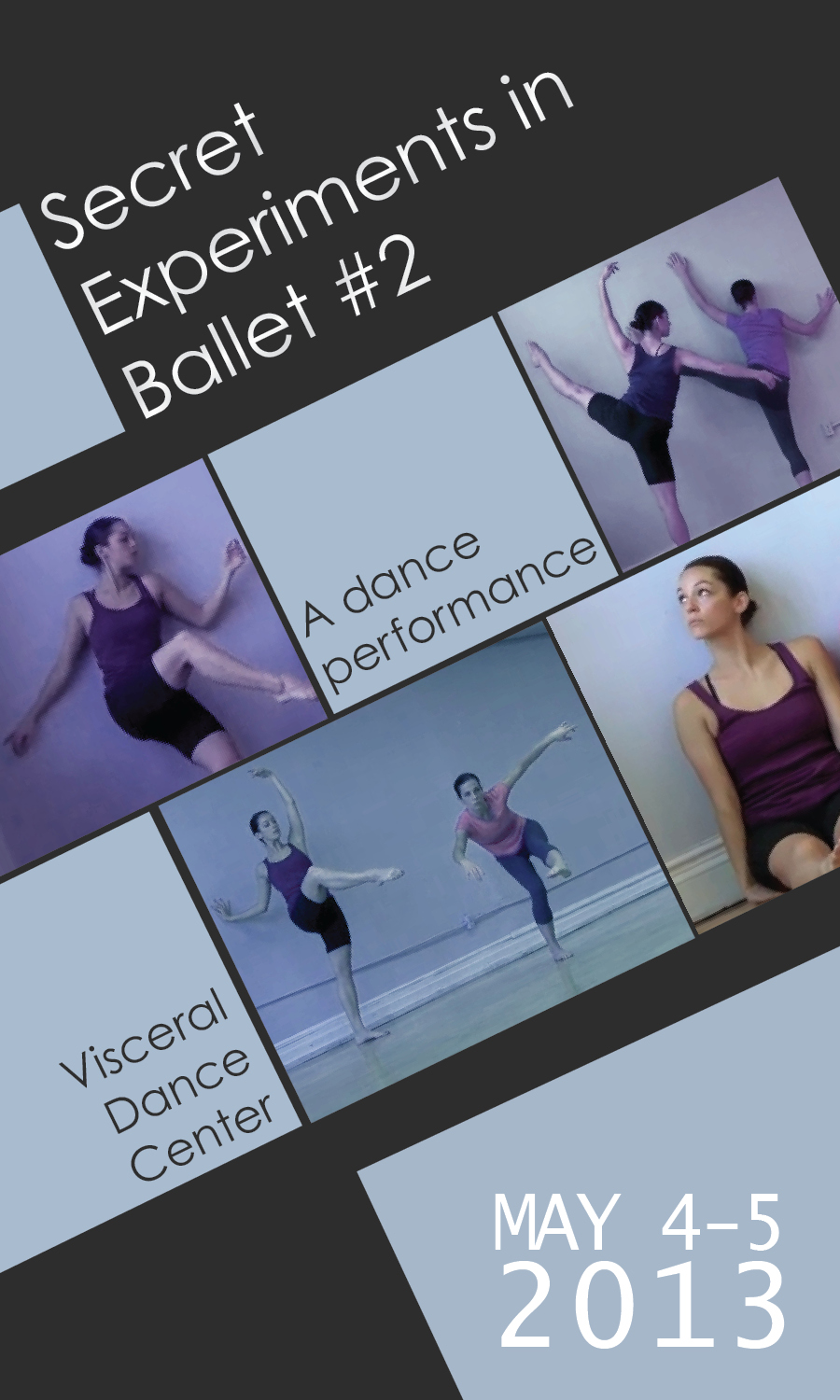Emily Stein is not an emerging artist.
With more than two decades invested in the Chicago Dance Community, Emily Stein is perhaps best known for her dual roles as Associate Artistic Director of Zephyr Dance and one of the best ballet teachers in the land.
It was a friendly parting of ways, and Stein continues to teach for the company. The break from Zephyr Dance had more to do with the increasing differences between the works created by its directors. It became harder to maintain a unified brand as a company while the directors’ aesthetics were polarizing. Stein also felt she needed a break from the regimented rehearsal schedule and constant pressure to produce new work. Having made the break over a year ago, she viewed 2012 as a sort of sabbatical – a time to read, reflect, travel, and immerse herself in the always familiar territory of ballet vocabulary that was piquing her interest artistically. These were things that weren’t possible on Zephyr’s rigid schedule. She took a three-week residency in Florida and, at times, didn’t even know what day it was. In a good way. All of that affirmed her decision to leave Zephyr, plus,
“18 years is a really long time….”
It’s kind of like Emily Stein is an established artist, who has already emerged, and is now RE-emerging. So, what does that look like in practice? From her press release:
“Playing in the intersection of ballet vocabulary and improvisation, Emily Stein is interested in deeply investigating the meaning of the ballet tradition in the contemporary dance world, including who, where and how the vocabulary is used.”
There are strongly differing opinions about the future of ballet:
Some think it’s dead, others think it’s thriving, still others feel it’s shrouded in antiquity and can’t or won’t change. Current attempts at “Contemporary Ballet” aren’t really sticking, but what if the future of ballet is not about ditching the tutus and doing ridiculously high arabesques off our legs. Frankly, that already happened (like, 30 years ago). Maybe the future of ballet is more about reinterpreting familiar vocabulary in an unfamiliar way – rejecting the aesthetic altogether while preserving the core. Secret Experiments in Ballet is Emily Stein’s investigation into the steps that are part of her body’s language and history, and what happens when that language is manipulated. The self-proclaimed nerd is reveling in having the time to dive into derivatives of the technique that she knows through and through.

